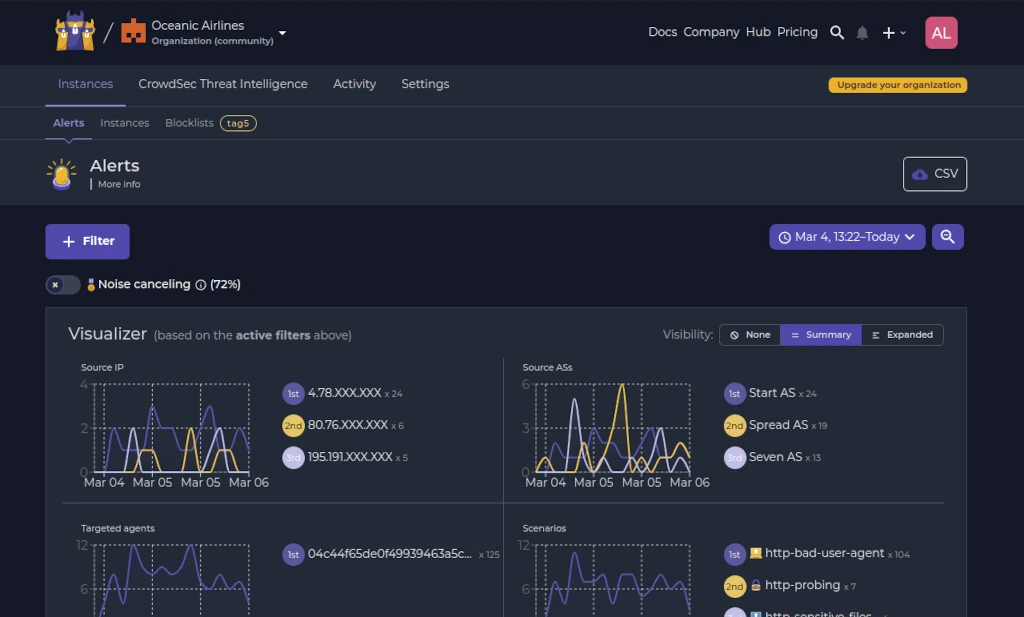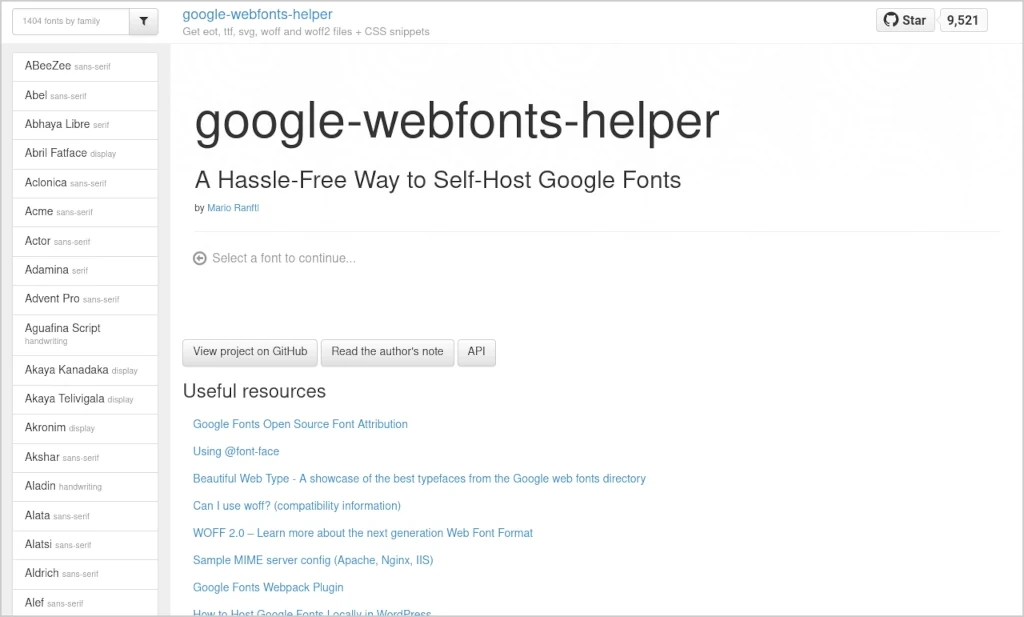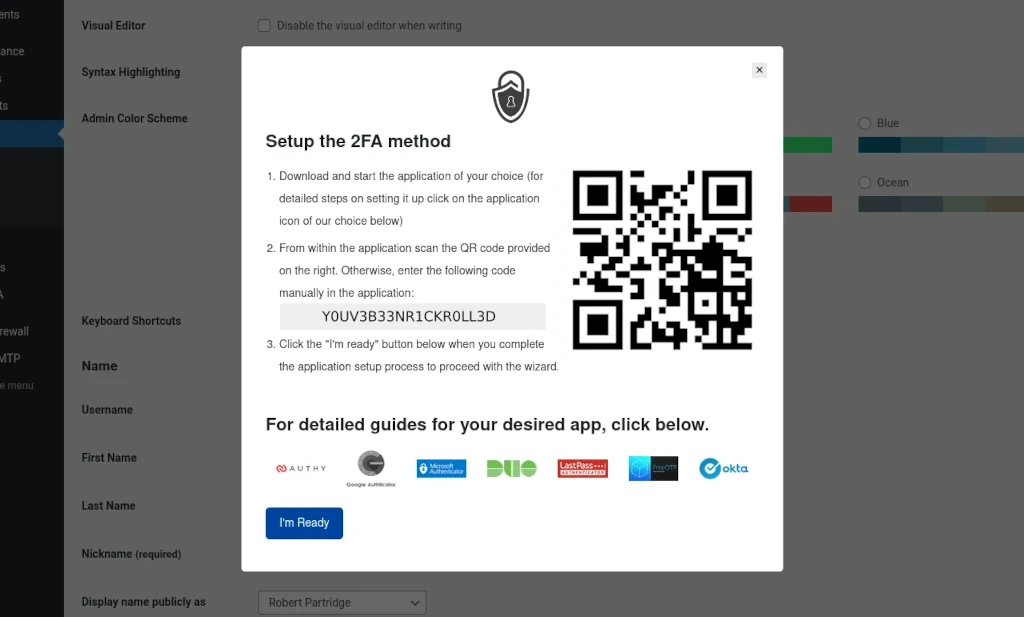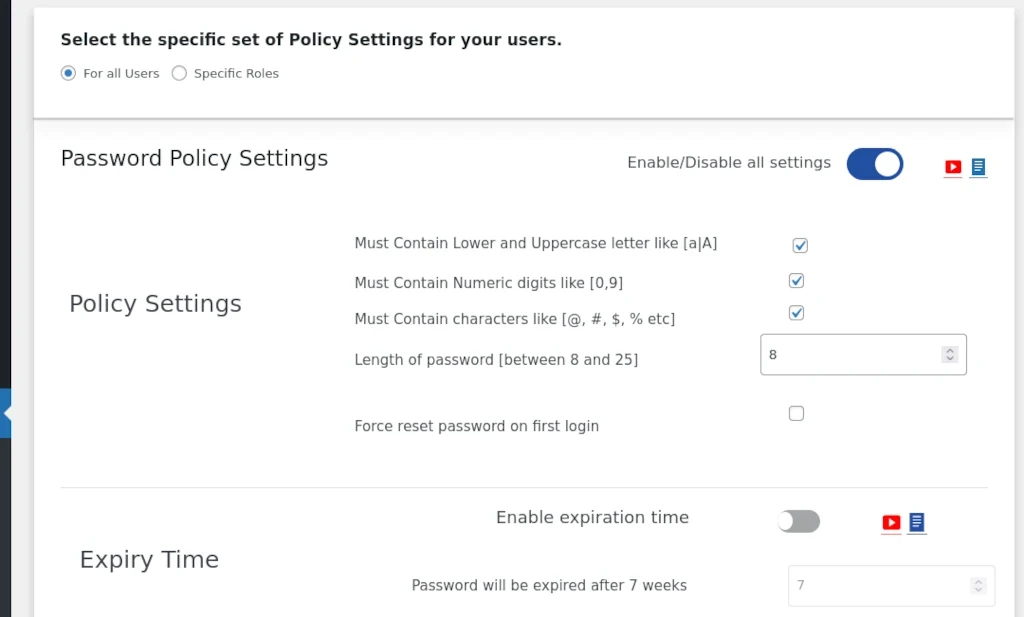If you’re a website owner in search of alternatives to Cloudflare’s CDN & DNS services, you’ve come to the right place. This article details my best recommendations for replacing Cloudflare as well as covers the general criteria I used for narrowing down the field of service providers. In addition, I cover the circumstances in which it makes better sense to use one provider over another depending on what your specific needs might be.

If you’re uninterested in the finer details of how I came to my recommendations, you can use this table of contents to skip ahead.
Table of Contents
The Alternatives
The research for this article started off as you might expect – figuring out who the Cloudflare alternatives are. After a bit of research I found 14 alternatives to compare. I’m sure there are some I’ve missed but if they were missed they’re probably a very small or obscure provider.
The 14 Cloudflare alternatives include:
- Akamai
- Amazon AWS CloudFront
- Bunny.net
- CacheFly
- CDN77
- Fastly
- G-Core
- Google Cloud
- KeyCDN
- Medianova
- Microsoft Azure
- StackPath
- Tata Communications
- Universal CDN
Each of these companies provide a variety of services and not all of them necessarily offer all of the services that Cloudflare includes – even when compared to the free tier. Pricing models for services also varies widely between providers. So how do you make a comparison between them?
Limiting The Field
Deciding how to compare these providers starts with defining what kind of customer you’re making a recommendation for. A large corporation’s website will have very different needs and different tolerance for higher costs than your average WordPress blog. For this article I’m considering these services from the perspective of my typical service client – a small website owner.
Where needed to calculate a cost estimate, I’ve averaged data from the websites of my real world WordPress clients. This data is being used to represent monthly use for a single WordPress blog with roughly 100k unique visitors per month.
- Primary Traffic Locations: North America / Europe
- Cached Bandwidth: 250GB
- Cached Requests: 4,000,000
If you are a Cloudflare user, you can obtain this data to help you with making your own informed decisions via the built in Cloudflare analytics.
Regarding Cost
Speaking of costs … the first step I took to eliminate alternatives from contention is to apply what I call the fancy restaurant rule. Put simply, this rule says, “If you’re asking what the prices are because they aren’t listed on the menu, you can’t afford to eat there.”
Any provider whose website doesn’t include any pricing information and instead want you to contact a sales person or provide your information before they’ll share information with you was immediately removed from consideration. Applying this rule removed 5 alternatives from contention.
I know this is a pretty standard practice in the business world but it’s something that annoys the heck out of me. However, I’m not about to deal with 5 sales people to get data that should be easily available.
Minimum Services Offered
The next filter I applied to the list was to consider the absolute minimum of services offered in order to be considered. To be considered, a provider must offer at least CDN and DNS services. While it’s always possible for someone to host DNS with their domain registrar or anyone else they choose, I’m including this as a requirement because Cloudflare offers this as part of their services.
Applying this rule eliminates 4 alternatives from contention – bringing the total eliminated so far to 9 of the initial list of 14 Cloudflare alternatives – making the final comparison easier to make.
The question now is … which five Cloudflare alternatives survived?
Honorable Mentions
Before we get to the providers I would actually use and recommend to my clients, let’s look at the service providers who might work well for you if your use case is different from my hypothetical customer.
Amazon AWS / Google Cloud / Microsoft Azure
BEST SUITED TO: Corporations and/or existing cloud service customers.
I’ve grouped Google Cloud, Amazon AWS CloudFront, and Microsoft Azure together here for good reason.
- All three have similar pricing for CDN services.
- All three offer a wide variety of services.
- All three have massive global networks.
These providers are better suited to large corporate customers who might already use one or more of them for some form of cloud services. The bandwidth costs from these providers are much higher than other options – in some instances more than 8x the cost – which can be prohibitive for a small website.
While none of these alternatives has what I’d consider easy to understand billing, Google’s service billing is a little more complex than the other two – in addition to bandwidth egress they charge for filling the CDN cache data.
Additionally, it is worth mentioning that of the three – Amazon AWS CloudFront does offer a free service option. However, once you outgrow the limits of the free service you will be subject to the aforementioned high costs.
Recommended Cloudflare Alternatives
This leaves us with two providers left who I would absolutely recommend. I had originally considered whether I would make a hard recommendation of one over the other but this proved very difficult to decide which would be the recommendation. Instead, I present these recommendations and leave it to you which of these two is better suited to your own needs and preferences.
Both of these Cloudflare alternatives offer very similar services from a technical perspective, however, they have decidedly different approaches to how they package / charge for their services.
G-Core
BEST SUITED TO: Customers looking for a free provider – total bandwidth use under 1TB / month
NOTABLE CUSTOMERS: Avast, Bandai Namco, TEDx
G-Core’s network consists of 140+ PoPs (points of presence) with a rated capacity of 110TB/s. Their headquarters is based out of Luxembourg and services are billed in Euros.
G-Core almost didn’t appear in this article at all. I only found out about them because of a list of comparisons against competitors featured on Bunny.net’s website. Without G-Core, this spot would have likely gone to Amazon simply because they have a free service tier. When I discovered G-Core had a comparable free offering and lower rates to Amazon, they were a natural inclusion as a recommendation.
CDN Services
G-Core’s CDN services are broken into four tiers – the first of which is a free service that offers up to 1TB of bandwidth per month. Once you outgrow the free service, monthly plans range from a flat fee of €35 / month through €150 / month.
Each plan, including the free tier, include rates for bandwidth and request overages.
| TIER | COST / MONTH | INCL. BANDWIDTH | OVERAGE |
| Free | €0 | 1TB | €0.03/GB |
| Start | €35 | 1.5TB | €0.023/GB |
| Pro 5TB | €100 | 5TB | €0.02/GB |
| Pro 10TB | €150 | 10TB | €0.015/GB |
All tiers include up to 1 billion requests per month with additional requests costing €0.0075 per 10,000 additional requests.
DNS Services
G-Core’s DNS services are offered in three tiers – also starting with a free tier ranging up to an enterprise plan.
| TIER | COST / MONTH | TTL | REQUEST LIMIT | OVERAGE |
| Free | €0 | 60s | n/a | n/a |
| Pro | €2.49 | 20s | 10 million | €0.20 / million |
| Enterprise | €249 | 1s | 1 billion | €0.16 / million |
Most customers will likely be fine with the free DNS offering – though upgrading to Pro isn’t going to break the bank.
Bunny.net
BEST SUITED TO: Customers with current or future bandwidth needs beyond 1TB / month
NOTABLE CUSTOMERS: ComicCon, Hyundai, Floatplane, ShortPixel
Bunny.net’s network consists of 102 PoPs (points of presence) with a rated capacity of 80TB/s. Their headquarters is based out of Slovenia and services are billed in US Dollars.
Bunny.net first came up on my radar in the middle of 2021 while I was doing research for a potential startup. I’d heard it mentioned that they were part of the infrastructure behind Floatplane Media – for those unaware, this is the video streaming platform created by Linus Sebastian from Linus Media Group (Linus Tech Tips on YouTube).
At that time, their network was only roughly half the size that it is now. They’ve gone through an impressive amount of growth in a relatively short period of time.
CDN Services
Bunny.net offers two different approaches to CDN service. The first gives you access to their Standard Network and is billed at various rates based on the bandwidth used per geographic region. The second option is intended for customers who require high amounts of bandwidth at lost cost via their Volume Network consisting of just 8 PoPs. This network foregoes regional billing rates and instead offers graduated rates for bandwidth based on the volume of bandwidth used.
Let’s start with a look at the Standard Network plan with access to their entire network.
| REGION | COST / GB |
| Europe & N. America | $0.01 |
| Asia & Oceania | $0.03 |
| S. America | $0.045 |
| Mid East & Africa | $0.06 |
Bunny.net’s regional rates are extremely low compared to other providers which charge anywhere between 4x to 12x as much.
Next, let’s look at the region-free Volume Network plan for customers with high bandwidth needs.
| BANDWIDTH RANGE | COST / GB |
| First 500TB | $0.005 |
| 500TB – 1PB | $0.004 |
| 1PB – 2PB | $0.002 |
| More Than 2PB | Contact Sales |
When they said high bandwidth, they weren’t joking around – with the initial tier ranging up to 500TB / month. While it’s obvious that this particular service is intended for customers with large data needs, it could also be used by someone willing to eschew a large network in exchange for extremely low costs.
To demonstrate why I recommend Bunny.net over G-Core when you need more than 1TB of bandwidth, let’s compare G-Core’s 1.5TB/month plan to what you’d pay for 1.5TB of bandwidth from Bunny.net – Europe / N. America region.
NOTE: at the time of publishing, the exchange rate between Euros and USD is roughly 1:1. Currency value fluctuations will affect the relative cost of one service versus another.
| BANDWIDTH – 1.5TB / month | COST / MONTH |
| G-Core Start | €35 |
| Bunny.Net – Standard Network | $15 |
| Bunny.Net – Volume Network | $7.50 |
Obviously, G-Core might make more sense if you require sending large amounts of data to higher priced geographic regions and unwilling to use Bunny.net’s Volume Network. You’ll need to determine where your website traffic comes from to come up with your own cost estimates.
DNS Services
Like their CDN service, Bunny.net’s DNS offering is also somewhat different compared to G-Core. Instead of tiered plans, instead Bunny.net makes their DNS service free – to a point. Customers first 10 million standard DNS queries are free each month. Additionally, customers get up to 1 million “smart” queries per month.
“Smart” queries are queries against “Smart” DNS records – or records who return a different value based on a specified criteria – typically geographic location of the website user. This is useful for customers who have their websites hosted in multiple datacenters around the world and want to direct visitors to the server geographically closest to them.
Additional queries beyond the initial free allotment cost $0.10 / million for standard queries and $0.30 / million for “smart” queries.
Which Cloudflare Alternative Is Right For You?
Unfortunately, I can’t answer that question for you. Hopefully I’ve given you enough information here to allow you to make an informed decision. Let me know in the comments below which Cloudflare alternative you’ve chosen for your websites. If you have questions about anything, feel free to leave those in the comments below as well and I’ll do my best to answer them as quickly as I can.
If you found this article helpful and would like to support our efforts to create additional resources like this, please consider making a donation. Your support is greatly appreciated! I encourage you to please share it with others. Thanks for reading and I hope you visit again soon!



